News
Sign up for recent trade news that can affect your business:
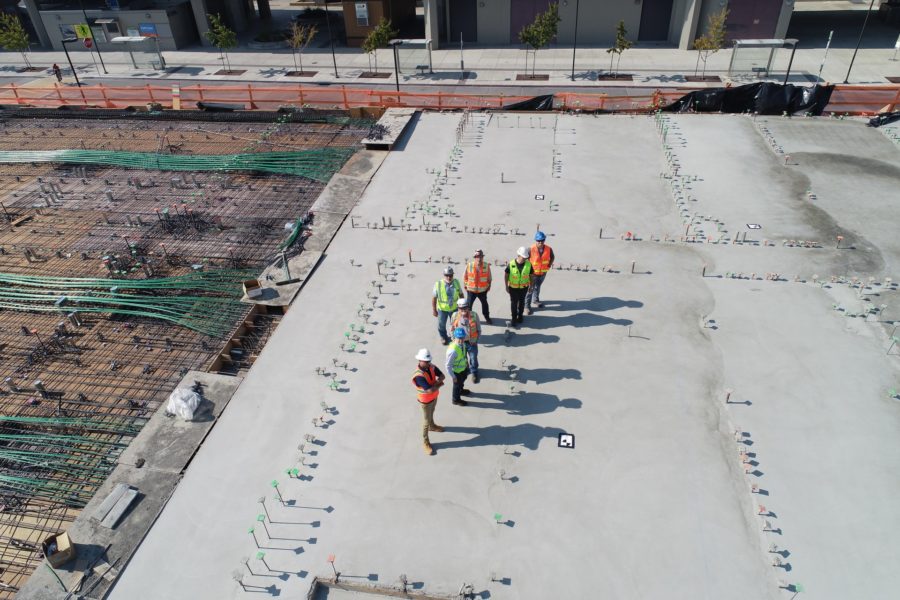
With NAFTA soon to be history after 26.5 years on the books, USTR is publishing a Federal Register notice today explaining its proposed procedure for groups or individuals to file labour complaints under the new U.S.-Mexico-Canada Agreement, which takes effect Wednesday. Interested parties have until Aug. 15 to comment.
The notice details the steps for an interested party to file a “rapid response petition” asking for an independent panel to investigate allegations of labour rights violations — such as denying the ability to engage in collective bargaining — at individual facilities in Mexico. That new mechanism was included at the insistence of House Democrats and carries the potential for penalties and for blocking imports from the plants.
USMCA allows U.S. and Mexican observers to accompany the panel on any visit it makes to the facility to verify claims in the petition. And, “if Mexico refuses an on-site verification, the panel can take this into account in making its determination” of whether a violation has occurred, the law firm Hogan Lovells wrote in a brief on the enforcement tool.
In theory, a Mexican group or individual can also file a complaint against a “covered facility” in the United States. But it can only take that step against a U.S. facility that is subject to a National Labor Relations Board enforced order, which is a much smaller universe of companies than can be targeted in Mexico.
Updated Rules for Automakers
The Labor Department on Wednesday will also publish a Federal Register notice specifying how it plans to calculate whether a vehicle is meeting USMCA’s “labour value content” provision, which requires 40 percent to 45 percent of the content of a vehicle to be made by workers earning at least $16 per hour.
The interim final rule takes effect right away, but interested parties will have 60 days to outline any changes they would like to see. Automakers must meet the labor value content provision, as well as other tough new “rules of origin” requirements, in order for trucks made in Mexico and Canada to qualify for U.S. duty-free treatment.
(Source: Politico)

The Aluminum Association published an open letter to U.S. Trade Representative Robert Lighthizer on Thursday seeking to convince the Trump Administration to continue excepting North American producers from Section 232 aluminum tariffs.
The letter, which was signed by more than a dozen CEOs and other executive officers from companies all along the aluminum value chain, praises the administration for exempting Canada and Mexico from Section 232 aluminum tariffs early on. The letter notes that fully 97 percent of the jobs held in the United States in the aluminum industry are in mid- and downstream portions of the value chain, which are highly reliant upon imported aluminum.
“We strongly oppose any trade actions involving Canadian aluminum.”
Per the Association, the motivation for the letter was countering claims of a surge in imports in recent months. The Association notes that, according to the government’s own data, imports from suppliers in adjacent countries this year are generally in line with imports in recent years.
“Today’s letter shows an industry united in support of the continued free flow of metal within North America,” opined the Aluminum Association’s president and CEO Tom Dobbins. “After all of the hard work that has gone into making the USMCA a reality, it would be a shame to move backward by reapplying tariffs or quotas on aluminum. We trust that the administration will heed the advice of representatives from the impacted industry who recognize that this action would only hurt U.S. aluminum companies and workers.”
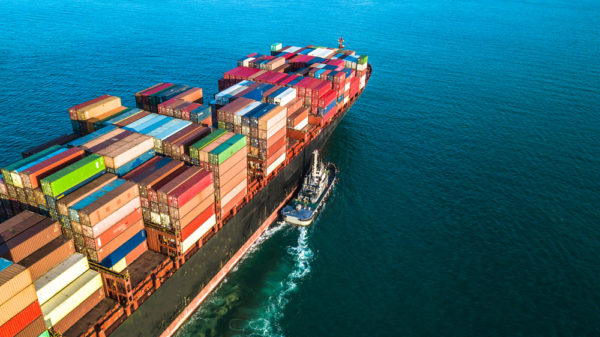
A transportation management system (TMS) is a kind of platform intended to help optimize shipping processes. There are certain benefits that come with a TMS that can make it worthwhile to implement, improving transparency and cost-effectiveness in the long term.
A TMS is a subset of supply chain management that revolves around transportation solutions. It enables the automation of shipping and provides more data to help improve efficiency and lower the costs of shipping.
There are many aspects to consider when shipping goods or services, including quotes, logistics, and delivery to customer locations, all of which can be difficult to manage and maintain. A TMS makes it easier to keep shipping consistently efficient and affordable.
There are many types of TMSs out there to choose from based on your specific needs. Depending on the system you select and its features and capabilities, you’ll be able to optimize various aspects of the transportation process including:
• Shipping
• Operations
• Audits
• Procurement
• Route optimization and planning
• Yard management
• Carrier management
• Freight shopping and rating
• Load building
• Visibility across the supply chain and orders
Some of the benefits of implementing a TMS can include:
A good TMS will be able to make the carrier selection process simpler by enabling an enterprise to evaluate any merchandise with a compatible carrier. In turn, companies will have the ability to make future decisions based on past shipments, pairing each shipment with the right carrier more efficiently.
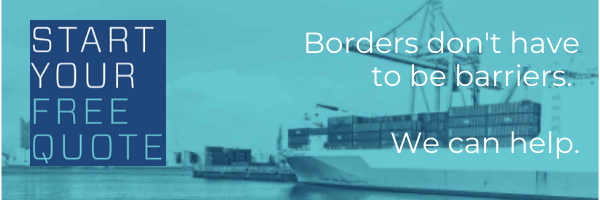
A TMS can give you the technological capabilities you need to make crucial decisions around shipping processes. You’ll be able to access all quotes, carrier matches, and transit times to help you make decisions without the headache you might experience without a TMS in place.
Tracking Capabilities
A TMS will also allow you to track freight during transportation, and you can receive notifications in the event of delays or transit exceptions along the way. Issues during transport are always possible, but a good TMS will be able to let you know if anything goes wrong and the reason behind it.
A dependable TMS provides plenty of transparency through detailed analytics and reporting, which can be particularly beneficial for large-scale operations. With so many invoices and shipments to keep track of on a regular basis, it can be daunting to account for everything and maintain the efficacy of operations. However, a TMS can centralize all data and provide reports that tell you everything you need to know.
The Challenges You Could Face with a TMS
One of the biggest challenges that you may experience with a TMS is the need for additional capacity and expertise as the volume of shipments increases over time. As your business grows, it can become more difficult to manage your operations without the necessary accommodations and assistance. If you’re in need of a scalable solution, the experts at Carson International can give you what you need to continue to benefit from a TMS for your operations.
If you want to keep your shipping operations efficient and cost-effective, having a good TMS can be the key to success. Using the right system, you can benefit from total transparency and the ability to make the right decisions for your operations.
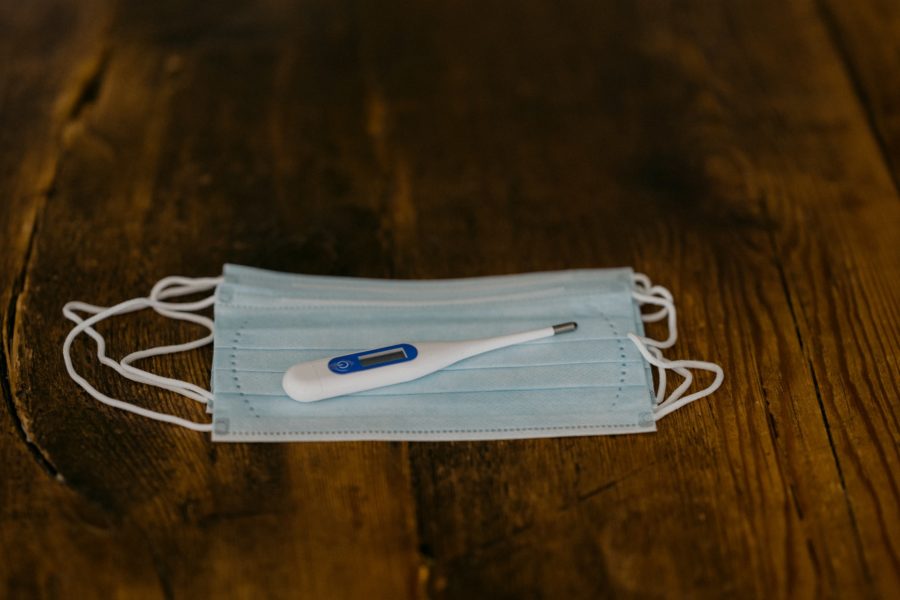
The Trump administration does not appear likely to grant tariff exclusions for imports of goods needed to fight the COVID-19 pandemic, according to remarks by U.S. Trade Representative Robert Lighthizer at recent congressional hearings.
House Ways and Means Committee Ranking Member Kevin Brady, R-Texas, said Congress and the White House should work together to create incentives for companies to develop and manufacture such products in the U.S. but that in the meantime duties for medical products should be suspended if there is no domestic opposition. Senate Finance Committee Chairman Charles Grassley, R-Iowa, said there should not be “any unnecessary taxes on goods key to the [economic] recovery or in fighting the pandemic” and that “we’ve got to find a smart solution that accepts the reality that trade is fundamental to our survival and prosperity.”
But Lighthizer said he is “not in favor of reducing tariffs on the things we need” to fight the pandemic but instead would “be far more in favor of increasing tariffs on the things that we need as part of an overall plan to make sure that the next time we have domestic manufacturing capability in these areas.” This effort is “going to require a combination of a lot of things,” he said, “but also I think it requires tariffs.” As a result, he rejected the idea of waiving MFN tariffs on such goods, which he indicated are helping “U.S. companies who are now getting into this business.” He also said that the administration will consider extending exclusions from the China Section 301 tariffs for medical products “depending on what the need is” but will “probably not” grant extensions that would not have been granted otherwise just because the affected goods are needed to fight the pandemic. Companies have had “a year or two years to make a change” in sourcing these products, Lighthizer said, and therefore “should have made the change.”
(Source: Sandler, Travis & Rosenberg Trade Report)
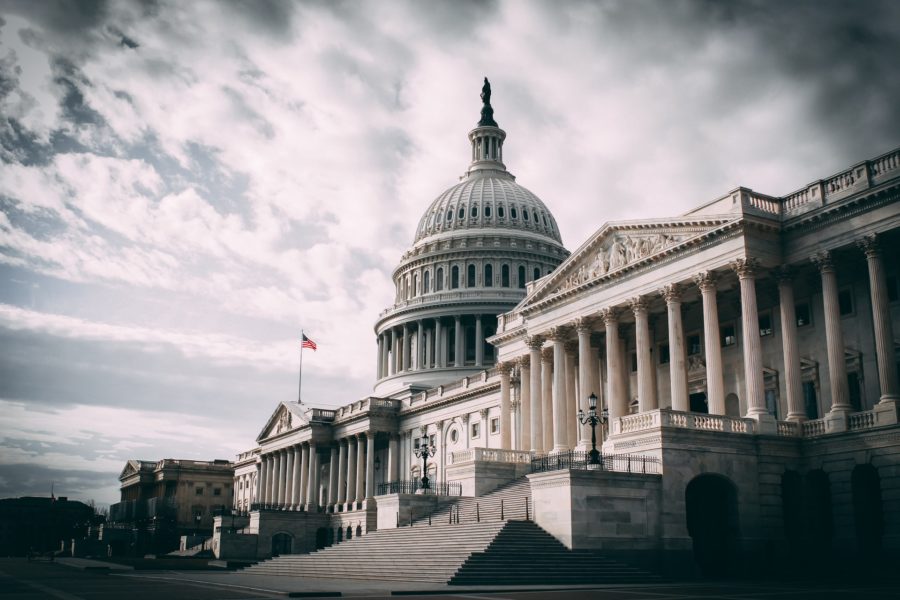
The House is expected to vote today on a rule that effectively kills chances of a resolution to withdraw from the WTO that was introduced by Reps. Peter DeFazio (D-Ore.) and Frank Pallone (D-N.J.).
The House Rules Committee voted 9-4 Wednesday evening to approve a rule for floor action on a number of pending measures, including the WTO provision.
The rule, which is not open to amendment, would waive Section 125(c) of 1994 Uruguay Round Agreements Act for the remainder of the current Congress. That effectively strips the expedited procedures guaranteeing any withdrawal resolution will reach the floor. Those procedures include a requirement that any resolution be automatically discharged from the House Ways and Means Committee after 45 days.
If approved, the rule could also kill any possibility of the United States withdrawing from the WTO until at least 2025, since both the House and the Senate would have to approve such a measure for withdrawal to occur. In addition, the URAA only provides the opportunity for a vote on withdrawal once every five years.
The WTO could in a few days hand down a ruling on Trump’s China tariffs that’ll either deepen Trump’s belief that the WTO has an anti-American bias or legitimize the president’s repeated use of unilateral trade actions to resolve disputes.
The case comes down to whether Trump’s use of Section 301 of the Trade Act of 1974 to slap tariffs on China was a violation of international trade rules.
Ruling against the U.S. — as some trade experts speculate will happen — would give Sen. Josh Hawley (R-Mo.) a fresh talking point to push his withdrawal resolution, which still appears headed for a Senate floor in late July. Republicans have become increasingly skeptical of the WTO, as the Trump administration has repeatedly said the Geneva-based organization has failed the U.S. and international trading system.
A ruling upholding Trump’s tariffs would send the message that the use of unilateral trade actions is an acceptable way to solve disputes, rather than using the WTO’s dispute settlement system. China has argued that the U.S. violated WTO dispute settlement procedures by acting unilaterally.
(Source: Politico)

The United States is planning to re-impose tariffs on aluminum imports from Canada, Bloomberg reported late on Monday, citing people familiar with the matter.
If Canada declines to impose export restrictions, the United States will announce on Friday the re-imposition of 10 per cent tariffs on aluminum from the country, the report said.
The tariffs would then be implemented by July 1, the report said, which is also when the new CUSMA agreement will take effect. Some industries, including automakers, had been asking for a delayed implementation of the agreement due to the difficulties they are facing amid the COVID-19 pandemic.
Earlier in the day, the U.S. Supreme Court turned away a challenge to President Donald Trump’s tariffs on imported steel brought by an industry group that had argued that a key part of the law under which he imposed the duties violates the U.S. Constitution.
Trump signed a proclamation this year increasing tariffs on derivative steel products by an additional 25 per cent and on derivative aluminum products by an additional 10 per cent, from which countries including Canada and Mexico were exempted.
(Source: CBC)

Global Affairs Canada has issued notices to importers and exporters setting out the administration of Tariff Preferential Levels (TPLs) under CUSMA. TPLs are the preferential tariff treatment granted to specified quantities of certain yarns, fabrics, apparel, and textile articles that do not meet the CUSMA rules of origin.
For Exports from Canada:
For Imports to Canada:
The TPL year normally runs from January 1 to December 31 inclusive, but with CUSMA entering into force mid-year, it will cover the period from July 1 to December 31, 2020.

This summer will be a trial for tens of thousands of small trucking companies struggling to stay in business. First, they will likely see freight volumes level off and drop seasonally after Independence Day. Second, government assistance that has helped some companies pay drivers will run out, removing a safety net that has kept some small carriers rolling.
That has many industry executives and observers warning of a sharp loss of trucking capacity by the time freight demand and volume seasonally rise this fall. No one, however, knows how much trucking capacity might exit as freight demand drops, or how significantly freight demand might rise past Labor Day, putting pressure on remaining truck capacity and spot rates.
Small trucking companies have until June 30 to apply for PPP loans from the U.S. government. As of June 12, $129.8 billion in PPP funding — much of which will be forgivable, if applied to payroll — remained to be claimed. Approximately $512.3 billion in PPP loans had been awarded by June 12, the latest date for which data are available.
Payroll Protection Program (PPP) loans are available to small businesses under the Coronavirus Aid, Relief, and Economic Security, or CARES, Act. Industry insiders, however, are asking what will happen to small and mid-sized carriers once PPP loans stop coming in.
U.S. shipment volumes were down 22.7 percent and 23.6 percent year over year in April and May, respectively, although they rose 1.6 percent in May from April, according to the Cass Freight Shipments Index. Hopes remain high, however, that freight volumes will increase sequentially this year, as more companies push to reopen or restart stalled business.
“We’ve seen improvements in business over the last two weeks,” said Jeff Tucker, CEO of third-party logistics company Tucker Company Worldwide. Freight volumes may still be down by double-digits year over year, but a sequential uptick month by month would keep more truckers on the road.
Those relying solely on the spot market to find loads, or hauling freight that is in less demand during the recession, are likely to struggle, with more trucks available to haul less freight. Those are the small trucking companies that would benefit most from a PPP loan, which can be used for payroll and other purposes over a 24-week period — approximately six months.
(Source: JOC.com)

Subsequent to Canada’s April 3, 2020 ratification of CUSMA, the Minister of Small Business, Export Promotion and International Trade has opened the application period for 16 new supply-managed tariff rate quotas (TRQs) for dairy, chicken and eggs and egg products effective June 15, 2020:
For all dairy year TRQs, the first quota year will commence July 1, 2020 and the second quota year will commence August 1, 2020. Applications for both quota years will be processed and allocated at the same time.
For calendar year TRQs, the first quota year will commence July 1, 2020, and allocations will be prorated for the remainder of 2020.
The deadline for applications for both dairy and calendar year TRQs is June 22, 2020. Allocations will be issued on June 30, 2020.
Given that access to certain Government of Canada facilities has been severely restricted, all applications for the dairy and calendar year TRQs are to be submitted electronically. The Department is unable to receive applications submitted via facsimile or by mail.
Click here to learn more and for contact information to submit applications.

Beginning July 1, 2020, U.S. Customs and Border Protection will collect assessments on imported softwood lumber covered under the Checkoff on behalf of the Softwood Lumber Board, an industry-funded marketing body first legislated by the 1996 Farm Bill.
Under the Softwood Lumber Checkoff, assessments are collected from importers of record and U.S. manufacturers of softwood lumber. All companies are exempt from paying assessments on their first 15 million board feet shipped to, or within, the United States. A subset of the USDA’s Agricultural Marketing Service, the program is intended to strengthen and expand the position of softwood lumber in the marketplace, while also striving to develop new uses for the product within the United States.
U.S. manufacturers who ship less than 15 mmbf of softwood lumber annually within the U.S. are exempt from paying assessments. Small manufacturers must apply to the Softwood Lumber Board for a Certificate of Exemption by completing an Application For Exemption From Assessment. Companies must provide substantiating documentation; i.e., a statement of previous year annual shipments into the U.S. market, and expectations for shipments in the current year, taken from company records, reports to grading agencies, and so forth. Certificates of Exemption must be requested annually.
U.S. manufacturers and importers who ship domestically or import 15 mmbf or more of softwood lumber per year are exempt from paying assessments on their first 15 mmbf shipped or imported during the applicable year.
The SLB will issue refunds to companies on their first 15 mmbf shipped to the U.S. during each calendar year. To ensure that SLB refunds you the proper amount, please submit a Refund Application once you are done importing for the calendar year, or once you have reached the 15 mmbf exemption threshold for the year. This will help the SLB ensure the accuracy of your refund. Your refund application may be submitted to exempt@softwoodlumberboard.org.